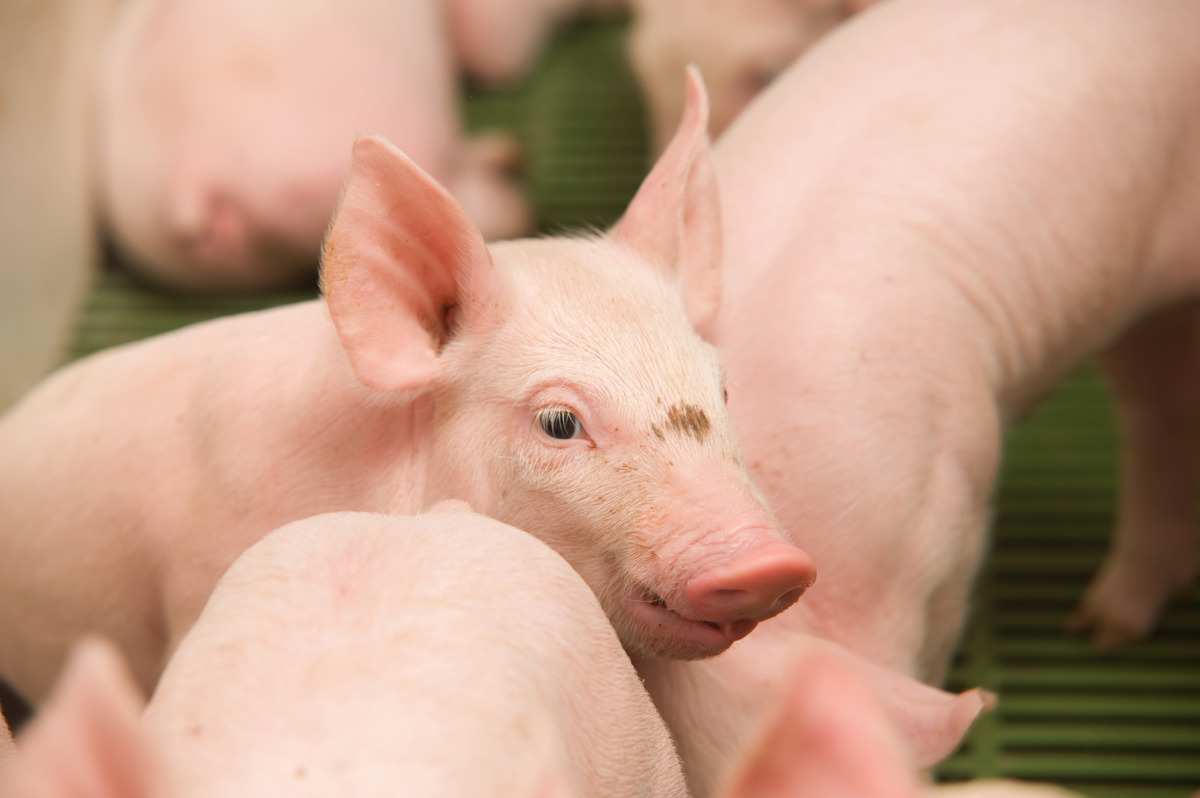
Swine health plays a pivotal part in the swine industry. The occurrence of swine diseases can lead to significant losses, giving a major blow to productivity and profits. It’s vital to have a deeper understanding of these diseases and how they can be prevented to ensure the well-being of the swine population. The impact of these diseases goes beyond economic concerns, extending to the health security of the human population as well. Therefore, recognizing the detrimental effects of swine diseases takes precedence in any discourse related to the swine industry. From virus strains to bacterial infections, various swine diseases wreak havoc if not controlled timely.
Understanding Vaccination
Vaccination stands as an essential tool to combat various diseases in swine. It is a preventive approach that involves administering a vaccine to stimulate the animal’s immune system. The concept runs on the idea of “training” the animal’s immune system to recognize and combat disease-causing organisms. This is accomplished using a mixture that resembles the disease-causing microorganism in nature. Despite the mixture lacking the ability to cause illness, it effectively prompts the immune system to react.
In the context of swine health, vaccinations serve as a preventive shield. They significantly reduce the chances of infection among the swine population. It is a proactive rather than reactive measure to control disease spread, proving its worth in many scenarios. The forthcoming sections will further delve into the importance of vaccination in controlling swine diseases and the types of vaccines available.
The Crucial Role of Vaccination
Vaccination plays a critical role in controlling swine diseases. The practice acts as an essential firewall in preventing or lowering the severity of diseases, thereby protecting the swine population’s health and well-being. By priming the immune system to mount an immediate and robust response on exposure to harmful pathogens, vaccination aids in significantly reducing the impact of illnesses.
Vaccines prevent outbreaks, curbing the spread of contagion among the swine population and controlling the frequency of many diseases. Moreover, vaccination has demonstrated efficacy not only in decreasing the severity of illnesses but also in reducing antibiotic use. This, in turn, aids in battling antibiotic resistance—a growing concern in animal husbandry and human health alike. As we further explore the types of vaccines available for swine diseases and the recent advancements in the field, the true significance of vaccinations in this context becomes even more apparent.
Various Vaccinations for Different Swine Diseases
Just as there are a variety of swine diseases, there is a diverse range of corresponding vaccines available. Each vaccine is designed to tackle a specific disease and works best when administered at the appropriate stage of the swine’s life. Prevention of common diseases such as Porcine Reproductive and Respiratory Syndrome (PRRS), Swine Influenza, and Swine Enteric Coronavirus Diseases rely heavily on timely and strategic vaccination practices.
The methods of administration vary, and these depend heavily on factors like a vaccine’s composition, the age of the swine, and the disease it aims to prevent. Some might require intramuscular administration, while others could be administered orally. The effectiveness of these vaccines has been studied extensively, and results show that they have been successful in controlling the spread of diseases and reducing mortality rates among the swine population. The upcoming section covers challenges and advancements in the realm of swine vaccination.
Challenges and Advancements in Swine Vaccination
The path of swine vaccination, though largely effective, isn’t without challenges. One primary issue lies in the variability of disease strains, making it difficult to develop a vaccine that covers all potential variations. Additionally, ensuring the optimal timing for vaccine administration can also pose a challenge due to factors like the swine’s age, breed, and health status.
Despite these hurdles, there have been significant advancements in the field of vaccine development for swine diseases. Innovations include adjuvant techniques that enhance the efficacy of vaccines, simultaneous protection vaccines that cover multiple diseases, and genetic engineering that allows for the creation of more lastingly effective variants. These advancements continue to reshape the landscape of swine vaccination, strengthening responses and improving swine health security. In the next section, we conclude our discussion on the necessity of vaccination within the swine industry.
Key Takeaway
The relevance of vaccination in controlling swine diseases cannot be understated. It serves as a pivotal tool for the prevention and management of diseases within the swine population. By stimulating the immune response, vaccination curtails the spread of diseases, reduces the severity of infections, and thus, ensures the health and well-being of the swine population. Vaccination’s pivotal role is heightened by continuous advancements in the field that aim to overcome the challenges encountered. Through ongoing research and development, the sphere of swine vaccination continues to broaden, with the promise of enhanced disease prevention and control in the future. Strengthening this line of defense is a worthy endeavor, offering a resounding response to the menace of swine diseases.







